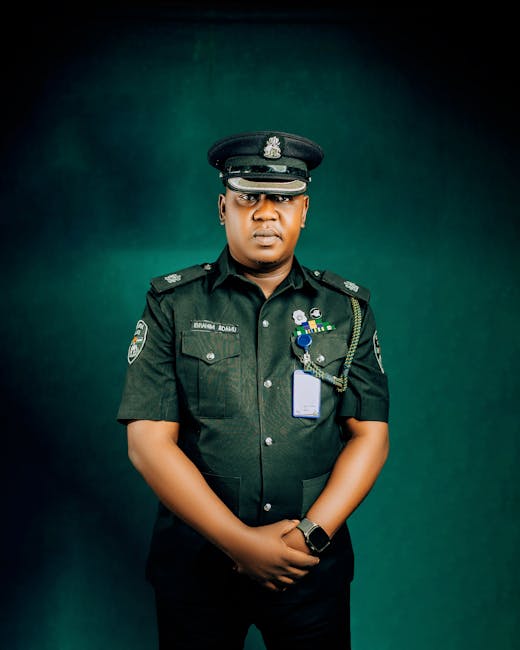The Misfit Heroes of Doom Patrol: A History Steeped in the Bizarre
The Doom Patrol, a team of outcast superheroes with extraordinary (and often terrifying) abilities, has captivated audiences for decades. Unlike the more polished and conventionally heroic teams of the DC Universe, the Doom Patrol embraces the strange, the unsettling, and the deeply human vulnerabilities hidden beneath their extraordinary powers. Their stories are less about saving the world from cosmic threats and more about confronting their own internal demons, forging connections in the face of adversity, and finding meaning in a world that often finds them monstrous.

Originating in 1963 within the pages of My Greatest Adventure #80, the original Doom Patrol lineup featured the Chief (a wheelchair-bound scientist named Niles Caulder), Robotman (Cliff Steele), Elasti-Girl (Rita Farr), Negative Man (Larry Trainor), and the enigmatic Crazy Jane. This initial iteration established the core themes of the team: the exploration of trauma, the rejection of societal norms, and the power of found family. While their initial adventures were rooted in the more pulpy science fiction and horror trends of the era, the team’s trajectory has evolved dramatically over the years, constantly reinventing itself to reflect the changing landscape of comic books and popular culture.

The Evolution of the Doom Patrol: From Pulp to Postmodern
The Doom Patrol’s history is not without its bumps. After an initial run, the team was largely forgotten for years, only to be revived and reimagined multiple times. Grant Morrison’s iconic 1989 run is widely considered a turning point, injecting the team with a dose of postmodern deconstruction and surrealism. Morrison’s stories played with the fourth wall, explored themes of identity and reality, and solidified the Doom Patrol’s place as a truly unique and experimental team.

Subsequent writers built upon Morrison’s legacy, adding new characters, expanding the team’s mythology, and delving deeper into the individual complexities of each member. The team’s roster has shifted over the years, welcoming characters like Danny the Street, Casey Brinke, and the enigmatic Flex Mentallo. These additions further diversified the team’s composition and allowed for exploration of a vast range of themes and narrative styles.
Key Members and Their Powers:
- The Chief (Niles Caulder): The founder and de facto leader, Caulder is a brilliant scientist who uses his intellect and unconventional methods to help the team.
- Robotman (Cliff Steele): A former race car driver whose consciousness resides in a robotic body after a fatal crash. His strength and resilience are matched by his sarcastic wit.
- Elasti-Girl (Rita Farr): Able to alter her size and density, Rita wrestles with her unstable physical form and the trauma that caused it.
- Negative Man (Larry Trainor): A former test pilot with a radioactive entity bonded to his body, Larry grapples with his physical and emotional isolation.
- Crazy Jane: A woman with dissociative identity disorder, each of Jane’s personalities possesses unique abilities.
The Doom Patrol in Other Media: From Animation to Live Action
The Doom Patrol’s unique blend of the bizarre and the heartfelt has made it a popular subject for adaptation. The team has appeared in various animated series, including Teen Titans and Justice League Unlimited, introducing them to a wider audience. However, it’s the live-action adaptation on DC Universe (and later HBO Max) that brought the team’s complex narratives to a whole new level.
The 2019 Doom Patrol series, created by Jeremy Carver, accurately captures the source material’s quirky and surreal nature. The show cleverly balances dark humor with genuine emotional depth, exploring the team’s personal traumas and their profound connections with one another. The series’ success has proven that even the strangest of superhero teams can find a broad and dedicated audience.
Themes and Symbolism in the Doom Patrol Narrative:
Beyond the spectacular powers and bizarre adventures, the Doom Patrol consistently tackles complex themes that resonate deeply with viewers. The team members’ shared experiences of trauma and exclusion form the bedrock of their relationships and their unique approach to heroism. The series often explores issues of identity, self-acceptance, body horror, and the struggle for belonging in a world that often rejects those who are different.
The team’s unconventional setting, often shrouded in mystery and the surreal, further emphasizes these themes. The Doom Patrol’s headquarters, often a dilapidated mansion or strange secluded location, symbolizes their isolation from mainstream society and their acceptance of the unusual. The recurring motif of the monstrous and the grotesque is not simply for shock value, but serves to challenge traditional notions of beauty and normalcy.
The Enduring Legacy of the Doom Patrol:
The Doom Patrol’s enduring popularity stems from its willingness to push boundaries and explore the darker, more complex aspects of the superhero genre. It’s a team that embraces its flaws, celebrates its oddities, and finds strength in its shared experiences of trauma and exclusion. Their stories are not just about saving the world; they are about confronting personal demons, forging unlikely friendships, and finding meaning in the face of absurdity. The team’s ever-evolving narratives and ever-growing fanbase assure that their legacy will continue to inspire and captivate audiences for years to come.
Why the Doom Patrol Matters Today:
In a world increasingly focused on conformity and social pressure, the Doom Patrol’s message of acceptance and self-love is more relevant than ever. The team’s embrace of their differences, their unwavering loyalty to each other, and their willingness to fight for what they believe in, regardless of societal expectations, serves as an inspiration to anyone who feels like an outcast.
Their ongoing struggles with mental health, physical trauma, and societal rejection resonate with many viewers. The show’s willingness to tackle these difficult subjects with both humor and sensitivity makes it a unique and powerful piece of storytelling. The Doom Patrol reminds us that true strength lies not in physical power but in resilience, compassion, and the courage to embrace our true selves.

